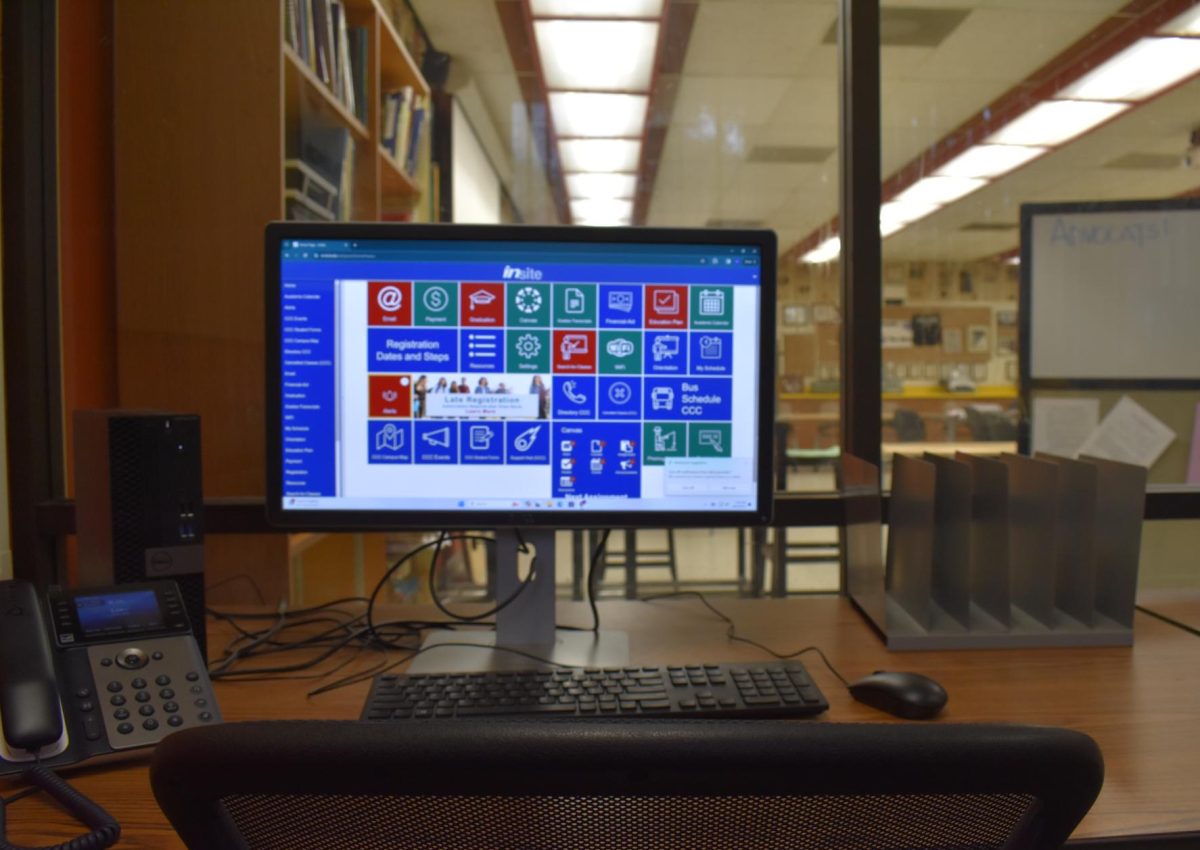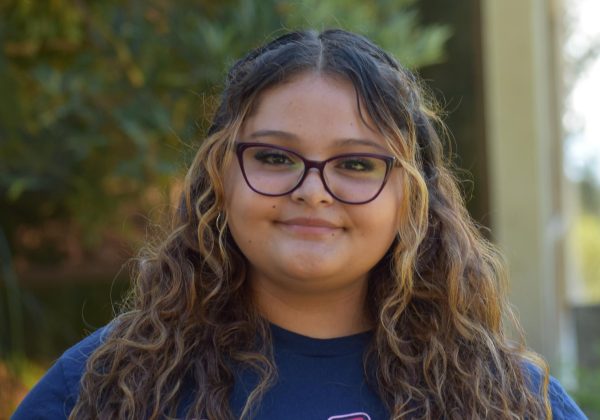When it comes to attending college or university classes, what do students prefer? Would they rather take in person classes and commute on their own rather than take their own time in a dorm room or at home learning remotely?
Since the start of the COVID-19 pandemic, schools across California moved many classes online, which was difficult for many students to adjust to.
When the pandemic hit, many students struggled with learning online. Staff here at CCC say they struggled, too. How are students managing online classes now, more than five years after the start of the pandemic?
We talked to CCC students and faculty to get their perspectives.
Oscar Villalobos, a first year student who is majoring in Business Administration for Transfer, said he prefers in person classes. “For me, what works the best is in-person classes because I’m the type of person who learns better when I’m in person sitting around classmates and hearing from the teacher,” Villalobos said. “Online class – I don’t really find it hard, but I do find harder to manage.”
He added, “I think you know being that it’s up to you when you get your assignment done when you turn them in, sometimes it’s even harder to communicate with the professors because they don’t see you in person so they typically take a little more to respond.”
Padme Miranda Navarro, a first semester student who is majoring in kinesiology, said that in some ways, in-person classes can be more efficient.
“Commuting to school is more convenient for me because I can focus more, ask teachers questions right away, and learn better with my classmates,’’ Navarro said, echoing Villalobos’ sentiments.“Even though I have to travel, being in class helps me understand things more easily and stay organized.”
Tuition and fees cost the same in person or online, according to Monica Rodriguez, the director of financial aid at CCC.
“Financial aid does not keep track of how many students are taking in person vs online classes – all classes are treated the same for financial aid purposes regardless of how the course is delivered,” said Rodriguez.
“Students who qualify for the CA College Promise Grant (CCPG) or the Full-Time Free Tuition Program (FTP) can have all tuition (enrollment) charges for eligible coursework waived, regardless of if the class is in person vs online,” explained Rodriguez.
Some students have expressed frustration with the availability of courses in person or online, and how that works with their requirements for completing a degree. Lluvia Cirigo, a pre-nursing and first-semester international student, said that there is a limit on how many classes they can take online. “There’s quite a bit of classes that are only online in pre-nursing, so our options are pretty limited when we have to structure our schedules,” said Cirigo. “I know it changes every semester, but sometimes we have to take filler classes to comply to our minimum unit credits we need each semester.”
Alexandra Covey, an English major and a student who has taken classes for two years expressed appreciation for the ability to take classes online and in person.
“Having the option to take both classes online and in person at CCC is a really nice structure,” Covey said. “I think that being on campus for classes really has its benefits. You get to better connect with your classmates and it allows opportunities for more tactile learning and direct communication.
“Online classes give people the opportunity to have a more flexible schedule and the ability to do their work from anywhere, which is especially helpful for people working or with other responsibilities where they may not be able to be on campus full time,” Covey added.
Covey said the majority of the classes available in the major are only offered online.
Math department co-chairs Matthew Lee and Terril Mead said that in their department, they have built a variety of asynchronous and synchronous online courses to meet student needs, in addition to the in-person courses offered in the math department.
Many instructors at CCC have had to make big changes to adapt to an online environment, they said..
“So right when the pandemic started, everyone was moving online, no one really had any idea how to teach online,” Lee said. “First of all, some professors aren’t very good at technology. So, like, using Zoom and Canvas is really difficult for them. There wasn’t a lot of training.”
Now, professors have a variety of professional training in online teaching.
“But there wasn’t any of that available at the time,” Lee said. “One of the reasons why those classes were so unsuccessful is not only were students being forced to learn in a new environment they weren’t used to, but also teachers were being forced to teach in a way that they were not used to. And so from both sides, teachers and students really struggled.”
In terms of whether students do better in online versus in person classes?
“It really depends on the student to be very honest,” Mead said. “Some people – some students – are very good at learning online on their own and for those students, we want to provide that opportunity by having asynchronous courses or synchronous online courses.”




